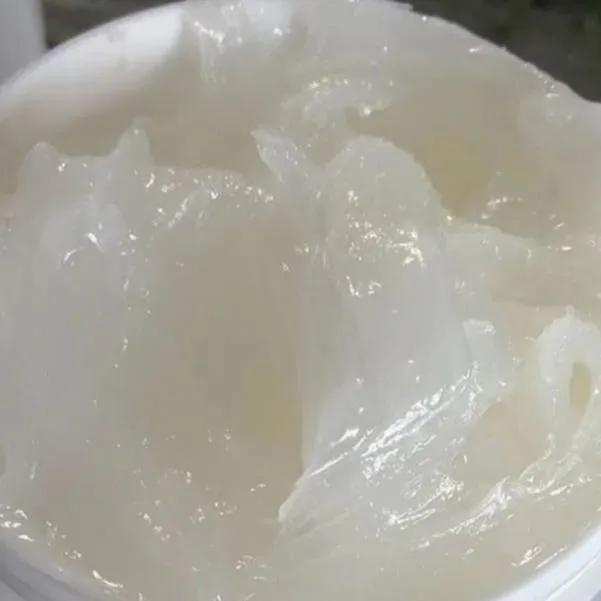Warning: Undefined array key "title" in /home/www/wwwroot/HTML/www.exportstart.com/wp-content/themes/1198/header.php on line 6
Warning: Undefined array key "file" in /home/www/wwwroot/HTML/www.exportstart.com/wp-content/themes/1198/header.php on line 7
Warning: Undefined array key "title" in /home/www/wwwroot/HTML/www.exportstart.com/wp-content/themes/1198/header.php on line 7
Warning: Undefined array key "title" in /home/www/wwwroot/HTML/www.exportstart.com/wp-content/themes/1198/header.php on line 7
- Afrikaans
- Albanian
- Amharic
- Arabic
- Armenian
- Azerbaijani
- Basque
- Belarusian
- Bengali
- Bosnian
- Bulgarian
- Catalan
- Cebuano
- China
- China (Taiwan)
- Corsican
- Croatian
- Czech
- Danish
- Dutch
- English
- Esperanto
- Estonian
- Finnish
- French
- Frisian
- Galician
- Georgian
- German
- Greek
- Gujarati
- Haitian Creole
- hausa
- hawaiian
- Hebrew
- Hindi
- Miao
- Hungarian
- Icelandic
- igbo
- Indonesian
- irish
- Italian
- Japanese
- Javanese
- Kannada
- kazakh
- Khmer
- Rwandese
- Korean
- Kurdish
- Kyrgyz
- Lao
- Latin
- Latvian
- Lithuanian
- Luxembourgish
- Macedonian
- Malgashi
- Malay
- Malayalam
- Maltese
- Maori
- Marathi
- Mongolian
- Myanmar
- Nepali
- Norwegian
- Norwegian
- Occitan
- Pashto
- Persian
- Polish
- Portuguese
- Punjabi
- Romanian
- Russian
- Samoan
- Scottish Gaelic
- Serbian
- Sesotho
- Shona
- Sindhi
- Sinhala
- Slovak
- Slovenian
- Somali
- Spanish
- Sundanese
- Swahili
- Swedish
- Tagalog
- Tajik
- Tamil
- Tatar
- Telugu
- Thai
- Turkish
- Turkmen
- Ukrainian
- Urdu
- Uighur
- Uzbek
- Vietnamese
- Welsh
- Bantu
- Yiddish
- Yoruba
- Zulu
Жов . 05, 2024 17:22 Back to list
types of petroleum jelly
Understanding the Different Types of Petroleum Jelly
Petroleum jelly, a soft, semi-solid mixture of hydrocarbons, is often recognized for its diverse applications in health, beauty, and industry. Initially discovered in the mid-19th century, this versatile substance has persisted in popularity due to its effectiveness and relatively low cost. While many people envision petroleum jelly as a simple ointment for dry skin or minor cuts, there are various types that serve different purposes, depending on their formulation and intended use. In this article, we will explore the different types of petroleum jelly and their applications.
1. Cosmetic Grade Petroleum Jelly
Cosmetic grade petroleum jelly is perhaps the most well-known variant, commonly used in beauty products. This type is specifically refined and purified to meet safety and quality standards for cosmetic use. It is often found in lip balms, moisturizers, and lotions, providing a protective barrier that helps seal in moisture, making it ideal for dry skin and chapped lips. Its thick texture not only helps to prevent water loss but also creates a smooth surface, making skin appear soft and supple.
2. Medical Grade Petroleum Jelly
Medical grade petroleum jelly is a highly refined version that adheres to strict safety regulations for use in healthcare settings. It is free from impurities and harmful contaminants, making it suitable for use as a topical ointment. Medical practitioners often recommend it for various applications, including wound care, as it can protect cuts and abrasions from dirt and bacteria. Additionally, it is used in many medical formulations, acting as a base for topical medications. The purity of medical-grade petroleum jelly ensures that it is safe for use even on sensitive skin.
3. Industrial Petroleum Jelly
types of petroleum jelly

Industrial petroleum jelly is utilized in various manufacturing and industrial processes. This type is less refined compared to cosmetic and medical grades, containing more natural waxes and oils. It is employed as a lubricant, helping to reduce friction and wear on machinery. Additionally, industrial petroleum jelly can serve as a rust preventative for metal parts, offering protection against moisture and environmental factors. Its thicker consistency and lower purity make it more suitable for heavy-duty applications than its cosmetic or medicinal counterparts.
4. Petroleum Jelly with Added Ingredients
In recent years, many brands have started to formulate petroleum jelly with added ingredients that enhance its effectiveness or modify its properties. These variations may include Vitamin E, aloe vera, fragrances, or botanical extracts. Such additions aim to cater to specific consumer needs, such as providing additional hydration, soothing irritated skin, or offering a pleasant scent. These enhanced formulations expand the versatility of petroleum jelly, allowing it to serve as both an effective moisturizer and a targeted treatment for various skin concerns.
5. Scented and Flavored Petroleum Jelly
Scented and flavored petroleum jelly products have gained popularity in the beauty and personal care market. These formulations not only retain the moisturizing properties of traditional petroleum jelly but also include aromatic or flavored components. They are particularly popular in lip care products, offering a burst of fragrance or flavor while providing long-lasting hydration. These types cater to consumers looking for more than just basic moisture, appealing to those who want a little luxury in their daily beauty routines.
Conclusion
The world of petroleum jelly is diverse, with various types tailored to meet different needs and industry standards. Whether used for cosmetic purposes, medical applications, or industrial settings, understanding the distinctions between these types can help consumers select the right product for their specific requirements. From providing intense moisture to acting as a barrier against environmental damage, petroleum jelly remains an indispensable tool in everyday life, thanks to its multifunctional abilities and adaptability across numerous fields. As consumer preferences evolve, we can expect continued innovation in the formulations and uses of this timeless product.
Latest news
-
Certifications for Vegetarian and Xanthan Gum Vegetarian
NewsJun.17,2025
-
Sustainability Trends Reshaping the SLES N70 Market
NewsJun.17,2025
-
Propylene Glycol Use in Vaccines: Balancing Function and Perception
NewsJun.17,2025
-
Petroleum Jelly in Skincare: Balancing Benefits and Backlash
NewsJun.17,2025
-
Energy Price Volatility and Ripple Effect on Caprolactam Markets
NewsJun.17,2025
-
Spectroscopic Techniques for Adipic Acid Molecular Weight
NewsJun.17,2025

